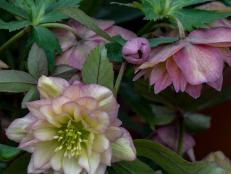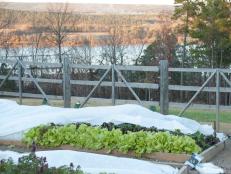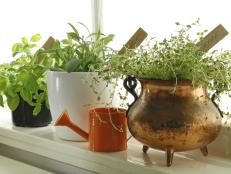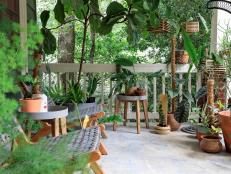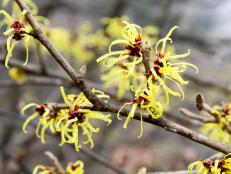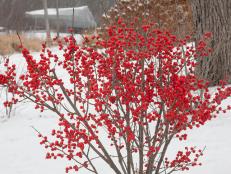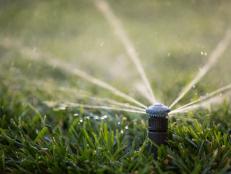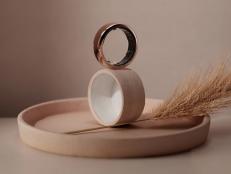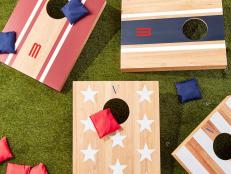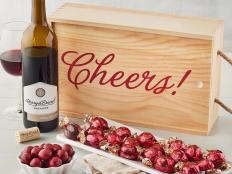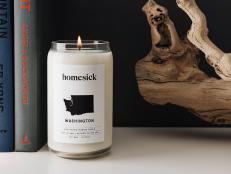Winter Berries
Cultivate some winter interest in your yard by adding trees and shrubs that showcase winter berries.
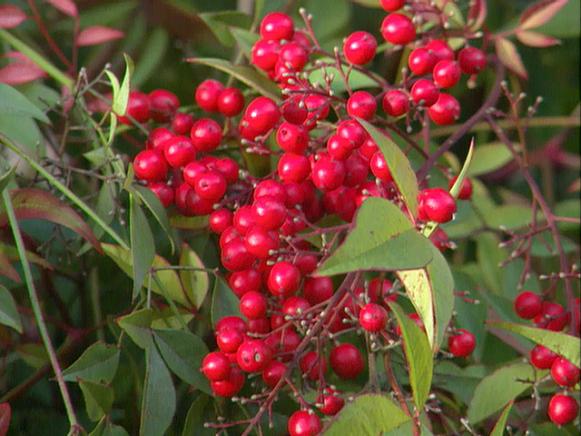
Brighten a frosty landscape with trees and shrubs that carry winter berries. Small fruits add sparkle to winter scenes and may also act as a food supply for birds and other critters. Make plans to tuck some showstopping color into your yard with winter berries.
Holly (Ilex spp.) is perhaps the most celebrated of the winter berries. With its glossy evergreen foliage as a backdrop, holly berries do stage a dazzling scene, especially in a snowy landscape. The vast majority of hollies have red berries, but some are yellow or black.
Perhaps the most dazzling of the hollies is winterberry (Ilex verticillata), a deciduous holly. This head-turning beauty drops its leaves each winter to reveal berried-studded branches. This holly makes a wonderful hedge that’s guaranteed to stop traffic, and its branches make a nice addition to winter floral arrangements.
Another winter berry that makes a striking hedge is nandina (pictured) or heavenly bamboo (Nandina domestica). Leaves also take on a reddish tint in winter, complementing the bright red berry clusters. Many homeowners draft nandina for a foundation planting because of its drought tolerance and tidy growth habit.
For eye-catching red winter berries and landscape versatility, it’s tough to beat cotoneaster (Cotoneaster spp.). These woody shrubs keep their berries well into winter. Some types form trailing ground covers that arch gracefully over a slope; others form tidy shrubs. There are even upright, weeping hybrids. Look for both evergreen and deciduous varieties.
Homeowners love crabapple trees for their spring blossoms, but many varieties carry eye-catching fruit into—and even through—winter. The trick is finding varieties that are also disease-resistant. Both Prairifire (Malus ‘Prairifire’) and Profusion (Malus x moerlandsii ‘Profusion’) crabapple fit this bill, holding their fruit into January. Try Sugar Tyme (Malus x ‘Sutyzam’) and Sentinel (Malus ‘Sentinel’) for fruits that cling all winter long.
Mountain ash (Sorbus aucuparia) is a tree that’s commonly planted in more northerly regions. It doesn’t grow well south of Zones 5-6 where heat and humidity reign in summer. Plants bear striking clusters of red-orange or yellow fruit, which birds can’t resist. This tree makes a good contribution to a backyard wildlife habitat.
Consider coralberry (Symphoricarpus orbiculatus) as another strong addition to a wildlife-friendly garden. This deer-resistant, suckering shrub forms dense hedges and thickets if allowed to grow freely, providing ideal nesting sites for birds. Summer flowers fade to form round, coral-red berries. The winter berries are densely packed along branches. Gardeners frequently clip berried branches to use in winter floral arrangements.
Color your yard with purple winter berries by planting beautyberry (Callicarpa spp.). This shrub forms a wonderful conversation piece. Purple berried branches make a terrific addition to autumn and winter floral arrangements. With most beautyberries, you’ll get best berry set by planting more than one shrub. Using them to create a hedge works well and allows the plant’s natural growth habit to shine. Beautyberry is usually only root-hardy in Zone 5, so berries may not persist long into winter in these areas.







